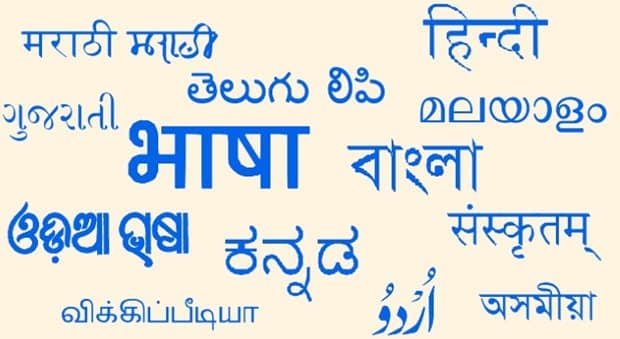Babajan is one of thousands of drivers who offer what has become the most popular way for harried urban professionals to get around this tech hub in southern India: on a motorized three-wheeler known as an auto rickshaw. Until recently, one of the biggest problems for the 40-year-old, who’s had little formal education, was booking trips in English — a language he can speak but has trouble writing and reading.
That all changed recently when his employer, Ola Cabs, provided Babajan with a Huawei smartphone loaded with an app that lets him respond to ride-hailing requests in his own language, rather than English. “They had both the English and Kannada version on the phone … I’ve never really been to school, and I prefer to use the Kannada app,” Babajan said as he took an International Business Times reporter on a jaunt through the packed streets of Bangalore’s business district. “It’s quite convenient and shows all the details I need,” said the driver, who, as is common among some classes in India, uses only one name.
After the cost of the smartphone and data plans, the biggest challenge for most Indians to access the Internet is language. Even the urban poor, semi-employed and large sections of middle- to low-income people such as Babajan — cab and rickshaw drivers, supermarket clerks, cleaners and the like — have little use for the smartphone as an Internet device because it’s not in their own language. That’s now changing as the tech industry recognizes the vast, untapped market that India’s non-English speakers represent. Only about 10 percent of the country’s 1.25 billion people are comfortable with English, according to estimates.
So startups ranging from NewsHunt, one of India’s largest providers of localized content, to Ola Cabs, the country’s biggest ride-hailing service, to Snapdeal, one of India’s most popular e-commerce destinations, are rolling out new products and services tailored for customers and workers who speak one of the 21 languages other than English, not to mention hundreds of dialects, that are common in India.
NewsHunt has been particularly successful in understand the problem of getting Indian language characters render correctly even in the most basic phones that are devoid of large screens and strong processing power, making them the top local language app in the country.
Getting people like Babajan onto its network is an upfront investment for Ola, which is in a pitched battle for ride-hailing and taxi dominance in India against Uber Technologies Inc., which sees the subcontinent as its largest market outside the U.S. Similarly, Snapdeal is up against local competitor Flipkart and U.S. giant Amazon.com, which currently has an English website in India. Local language support could turn out to be a critical differentiator.
For consumers, it’s ease of use, and for Babajan, it could mean more money for his son’s education. “I certainly hope so, but it’s only been two days, so let me see,” he said, tapping his phone to respond to his next passenger, as this correspondent disembarked. “See, if no one else who is closer than me has responded faster, I’ll get this fare next.”
Read the full story about how start-ups are providing services by bridging lingual gaps here on International Business Times.








































